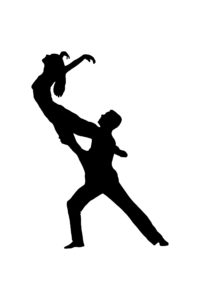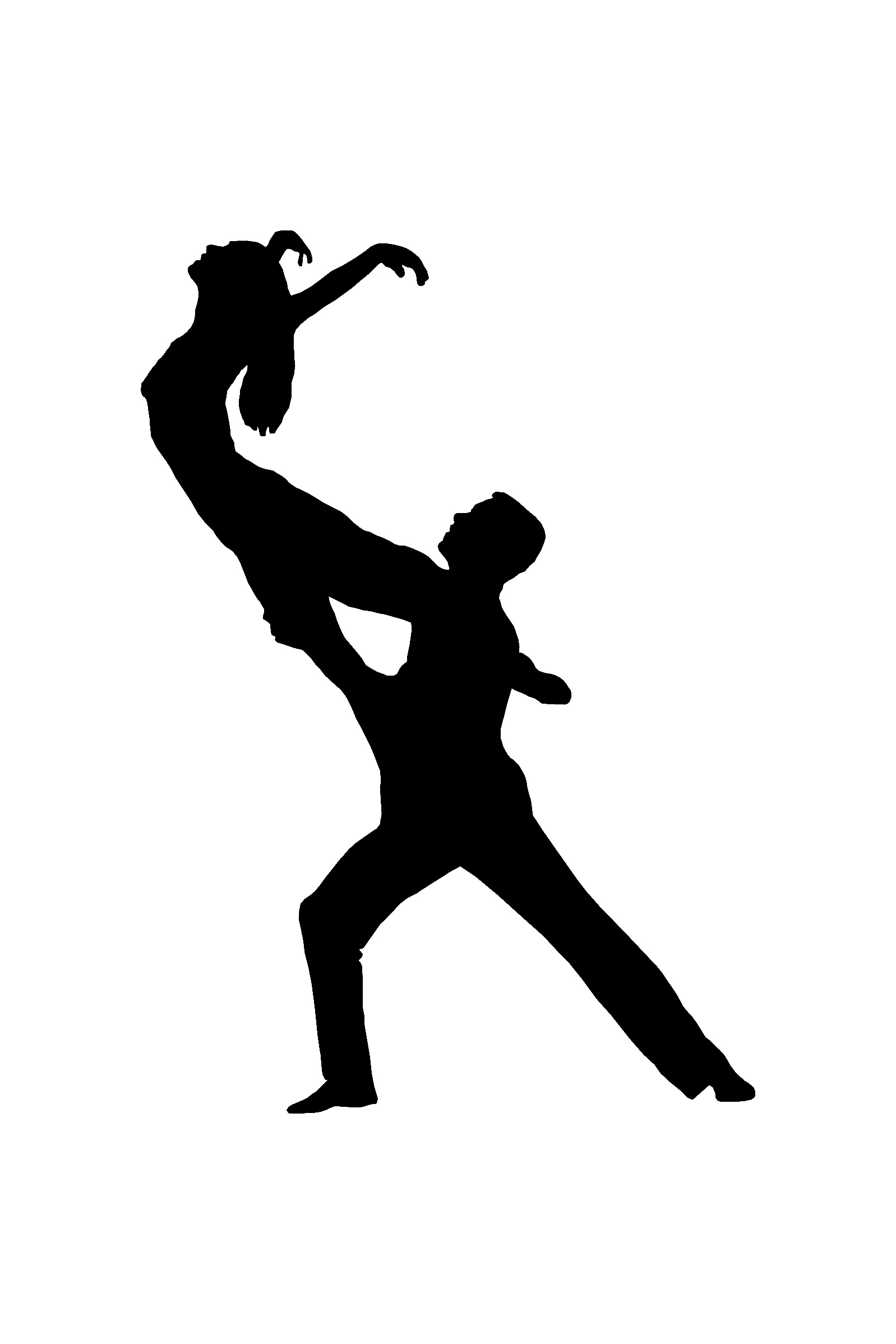Vera Abdel Malek
Contributor
The role the brain plays in exersize is often overlooked.
Conditioning with Imagery for Dancers, a book by York University professor Donna Krasnow and Jordana Deveau, changes this trend. Krasnow is a professor in the dance department, while Deveau is a choreographer, dancer and certified conditioning-with-imagery (C-I) training instructor.

The new book includes detailed descriptions of the purpose, form and rhythm of more than 80 fully illustrated exercises with accompanying imagery. This is a total body system that incorporates conditioning exercises for neuromuscular re-patterning or movement re-education, alignment work and mind-body integration.
According to Krasnow, the book contains a combination of exercises from a broad spectrum, such as Pilates, physiotherapy and her own invention, merged with mental imagery or visualization.
“C-I Training is looking at forming what are called neuro-muscular patterns,” explains Krasnow. “What that means is that the goal is to develop motor plans in the brain in terms of how it engages or recruits the body’s muscular system so that there is good alignment, efficient movement patterns and good muscle use. It really is about how our brain is directing the body to move.”
Krasnow specializes in dance science research, injury prevention, conditioning for dancers, motor learning and motor control. She has been working on this book since 1980 and has compiled her scientifically-calculated dance system into the book and a set of DVDs. The system is now being taught internationally in professional schools, universities and dance studios.
“The target for me was to design a system that would be very beneficial for dancers,” said Krasnow.
Though the system was initially designed for dancers, its practical use applies to anyone.
“I’ve had many athletes use it as well, and I’ve had many people who are not in dance or sport use it if they want a body conditioning system,” she said. “The system involves general principles of conditioning that anybody could benefit from in terms of core support, flexibility and strength.”
The system she designed is used for daily conditioning and injury prevention. Those recovering from an injury can also use these exercises and the exercises are mainly performed while lying down so they are non-weight bearing.
This allows someone recovering from injury to stay in prime condition even when they are unable to stand up and dance, Krasnow explained.
Research has demonstrated that mental imagery is an effective rehabilitative tool for athletes as well as for patients who have suffered a stroke. By concentrating on a goal and planning out the sequences to achieve that goal patients manage to create a motor plan, explains Maggie Mishriky, York University alumnus and physiotherapist at Prime Physiotherapy and Sports Rehabilitation
Centre.
“I tend to educate my patients on the importance of the task and show them pictures of the muscles that I hope they contract and activate so they can complete a certain movement,” she said. “I then break down the task by sequences and then ask the patient to visualize the muscles.”
Mishriky practices specific visualization techniques on patients who suffered strokes, but mental imagery is also applicable in the rehabilitation of patients who have suffered a sports injury, or are learning specific exercises.
“I use this method for teaching exercises to athletes as well as to novice individuals when they are learning a new exercise,” she said. “By getting the patients to first create a motor plan, they subconsciously are activating the muscles and creating a neuron response. It’s called plasticity.”
Those interested in learning more about C-I Training, or about the book Conditioning with Imagery for Dancers, can visit
www.citraining.com
Exercising and dancing can help repair the brain


